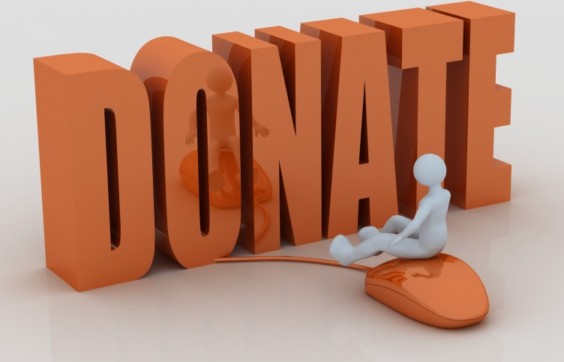The Great Peer-to-Peer Fundraising Donor Debate

Will peer-to-peer donors give again? Will they become organization donors? We’ve debated this topic for years and while jury’s still out on what to do with peer-to-peer fundraising donors; I think it’s time we started making some headway on this topic.
Why now? The fundraising world continues to evolve, now more than ever with the emergence of crowd funding. In my mind, crowd funding is simply another albeit new term for fundraising. Not sure about this? Here’s the Oxford dictionary’s definition of crowd funding: The practice of funding a project or venture by raising many small amounts of money from a large number of people, typically via the Internet.
Sounds pretty similar to fundraising right? Are you wondering why am I bringing up crowd funding in a post on peer-to-peer donors? With so many people asking for money whether it’s to fund the creation of watch, a 3D printer or a cause—today more people are fundraising than ever before. How will the surge of donation requests impact our participant and donor pools?
I don’t know the answer, but I do know that the fundraising world is changing. It’s time we adapt our fundraising practices, so we don’t end up extinct. Most organizations start a peer to peer program to provide their constituents with the opportunity to do more than make a donation—the goal is to empower constituents to become ambassadors for the cause. Another driver in developing a peer to peer program is the opportunity to reach more people—to tap into your constituent’s network to grow your donor base.
The challenge is most of us haven’t developed a plan for peer-to-peer donors. It’s understandable there’s a lot of work to do to develop a successful peer to peer program that donors become an afterthought. Two things happen to donors: they get dropped into your organizations direct mail program or do nothing. Neither option yields great results.
But, the time is now to develop a thoughtful program for peer-to-peer donors. Most donors are not repeat contributors to an event—according to Target Analytics donorCentric events benchmarking group only 15% of peer to peer donor are retained year over year. Additionally we’re not converting peer to peer donors to organization donors. That’s not because peer to peer donors aren’t willing to give, I believe it has more to with our lack of focus on the peer to peer donor.
With more people asking for money than ever before, let’s bite the bullet and develop a peer to peer donor program. It’s time to convert these warm prospects to repeat givers—before someone else swoops them up.
What do you think? As a peer-to-peer fundraiser what are your thoughts on donors? Should we develop a cultivation program for peer to peer donors or do you not have one already? Do you need one? Share your comments below.
Stay tuned for another post on peer-to-peer donors. I’ve asked my friend John from Target Analytics to share his thoughts on peer-to-peer donors and give you a few ideas to consider when developing a program.
